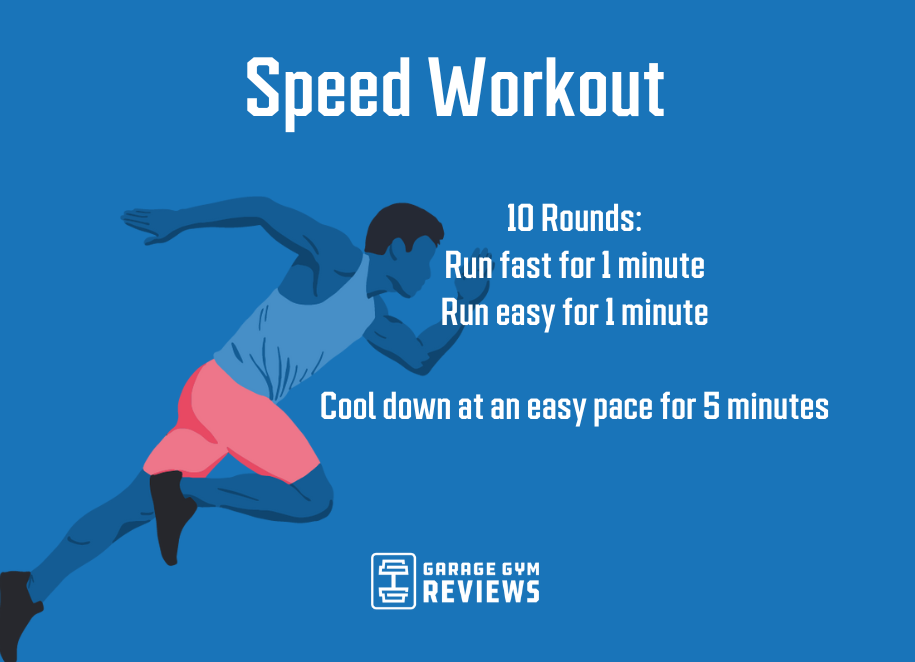Maximize Your Running Workout: Specialist Strategies Introduced
Maximize Your Running Workout: Specialist Strategies Introduced
Blog Article
Just How to Avoid and Handle Discomfort in Operating: Specialist Tips and Suggestions
As joggers, we frequently find ourselves caught in between the exhilaration of pressing our physical boundaries and the discomfort that can accompany it. The pursuit of that jogger's high can sometimes be hindered by the unwelcome companion of pain. Whether you are an experienced marathoner or a novice striking the sidewalk for the very first time, the irritating presence of pain and pain is an usual denominator. There exist proven approaches and experienced guidance that can assist alleviate and take care of these pains, allowing you to concentrate on the delight of running itself.
Value of Proper Footwear
Proper footwear plays an essential function in avoiding and handling discomfort for joggers, as it considerably impacts their convenience, efficiency, and overall foot health and wellness. When it comes to running, using the right footwear can make all the distinction. Uncomfortable or improper shoes can lead to a host of issues such as blisters, shin splints, plantar fasciitis, and a lot more serious injuries like stress fractures.
Picking the correct running shoes entails considering factors such as foot type, stride auto mechanics, running surface, and personal choices. Joggers with high arches might need even more cushioning and assistance, while those with flat feet might take advantage of stability shoes. In addition, understanding pronation (the inward rolling of the foot) and supination (the exterior rolling of the foot) can assist in selecting footwear that supply the right level of arch assistance.
Spending in quality operating footwear that are ideal for your specific demands can aid avoid discomfort and pain while boosting your running experience. Prioritizing proper footwear is not simply concerning efficiency however additionally concerning guarding your foot wellness in the future.

Efficient Workout Strategies
A vibrant warm-up regimen before a run aids increase blood circulation to the muscle mass, improves versatility, and enhances the array of activity of the joints. Dynamic extends like leg swings, high knees, and hip circles are beneficial in preparing the body for the physical demands of running.
Along with vibrant stretches, incorporating some light cardio workouts such as jogging or missing rope can even more raise the heart rate and warm up the body. This combination of vibrant extending and light cardio aids loosen up limited muscle mass, oil the joints, and psychologically prepares the runner for the upcoming workout (running workout). By making warm-ups a constant component of your running routine, you can considerably decrease the risk of injuries and carry out at your finest during each run
Key Stretching Exercises
When getting ready for a run, including crucial extending workouts is vital to boost muscular tissue adaptability and avoid injuries - Read More. Dynamic stretches such as leg swings, high knees, and hip circles are advantageous for heating up the muscular tissues and increasing series of movement before a run. These motions assist boost blood circulation, loosen tight muscle mass, and prepare the body for the activity in advance
Fixed stretches like calf bone stretches, hamstring stretches, and quadriceps stretches need to comply with a run to help in muscle mass recovery and prevent rigidity. Holding each go for 15-30 secs allows the muscles to loosen up and extend, minimizing the risk of post-run discomfort and possible injuries.
In addition, including yoga exercise poses like down canine, pigeon position, and spine twists can target numerous muscle mass groups all at once, advertising total flexibility and strength. Regular extending routines not only boost performance yet also aid in maintaining great running type and protecting against overuse injuries. Bear in mind, correct stretching strategies are important for a risk-free and Visit This Link delightful running experience.
Healing and Rest Strategies
After completing a run, applying reliable recuperation and remainder approaches is crucial for optimizing performance and decreasing the risk of injuries. One vital element of healing is permitting the body time to rest and fix itself. Sufficient rest is critical as it is throughout remainder that muscular tissues recover and grow stronger. Furthermore, integrating rest days into your training timetable is crucial to avoid overuse injuries and exhaustion.
Energetic healing methods such as gentle extending, foam rolling, and yoga can aid enhance blood circulation, decrease muscle mass soreness, and enhance flexibility. It is additionally beneficial to focus on hydration and nourishment post-run to restore electrolytes, glycogen stores, and advertise muscular tissue healing.
Cross-training activities like swimming or cycling can provide a break from the recurring effect of running while still maintaining cardio fitness - running workout. Listening to your body and recognizing when it requires a break is essential to preventing persistent injuries and ensuring lasting running success. Remember, remainder is not an indicator of weak point however an essential part of a well-rounded training program
Cross-Training Conveniences

In addition, cross-training aids in preventing mental fatigue by including range to your exercise regimen, keeping you motivated and engaged in your physical fitness journey. It permits you to service various elements of fitness that might not be targeted solely through running, resulting in an extra balanced and versatile athlete. Furthermore, cross-training can help boost running effectiveness by dealing with muscular discrepancies and weaknesses that may impede performance. Generally, incorporating cross-training into your regimen can cause improved endurance, rate, and overall athletic performance while minimizing the chance of injury.
Conclusion
Finally, correct footwear, workout techniques, extending exercises, recovery methods, and cross-training are important elements in avoiding and taking care of pain in running. By incorporating these practices into your routine, you can lessen the threat of injury and discomfort while maximizing performance and pleasure of the sporting activity. Read More. Remember to pay attention to your body, focus on rest and healing, and look for specialist assistance when required to make certain a safe and efficient running experience
Report this page